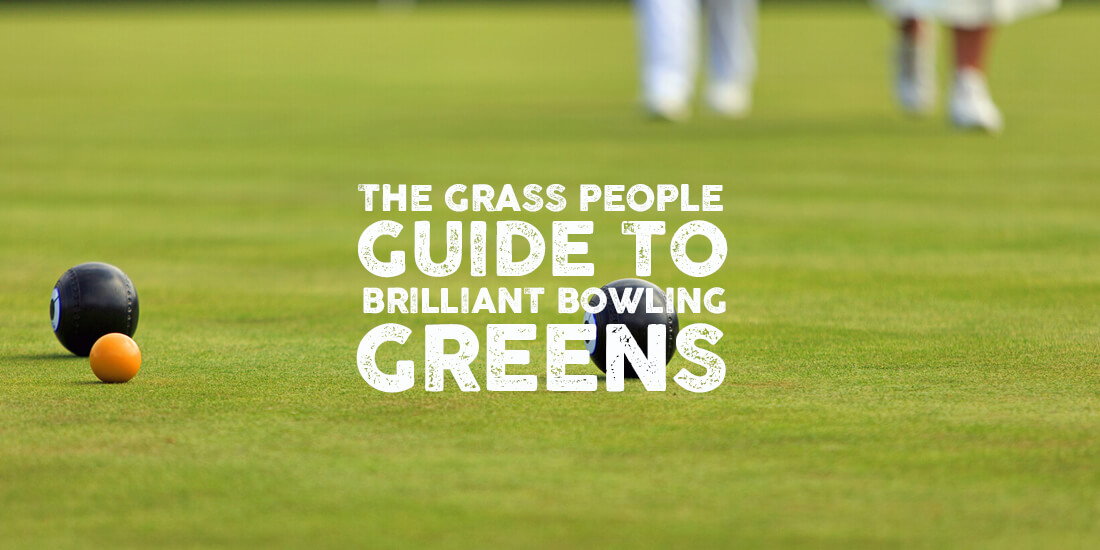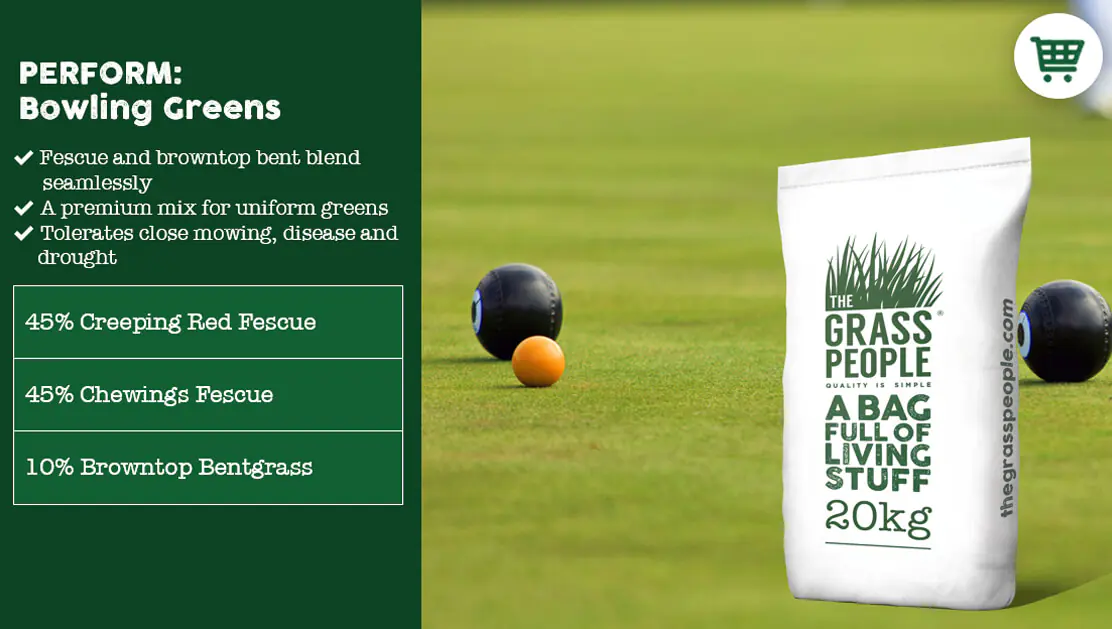How to manage your bowling green

After a busy summer bowling season the green will be worn and require important maintenance. During the autumn months it is vital for groundskeepers to ‘put the ground work in’ and get the green back into shape for the following year. Without this early essential work the bowling green will not meet expected conditions in the coming spring or summer.
To repair or reseed?
Over time, bowling greens will become susceptible to wear and tear no matter how good their upkeep is, and it is good practice to apply quality grass seed, after aerating and before top dressing, during the autumn renovation.
We have developed PERFORM: Bowling Greens to create a dense disease-resistant sward and a uniform level playing surface that is required for bowls.

Scarifying
In early autumn, when the bowling green is closed, groundskeepers must scarify to remove thatch from its surface. An automatic scarifier will make light work of pulling away any dead or fibrous grasses.
Tip: avoid scarifying in winter as the frost can cause the opened up grass serious harm.
Aeration
Next on the list of autumn care is aeration. An aeration machine can be bought or hired. Aerating the bowling green will slit the soil allowing water and oxygen to circulate through the turf. It will allow the grass to breath and grow, and prevents waterlogging and moss build up.
From October through to March, try to aerate once every two weeks. It is important to always spike in the same direction as this is most effective in producing good root growth, and avoids damage to the turf by cross hatching.
Tip: Spike in straight lines across the green as there is much less turning required, and it is much quicker.
Top dressing
Before top dressing, mark out the bowling green, highlighting areas of concern and low spots. We recommend pulling a cord tightly across the surface to highlight any sunken areas of the surface which can be treated.
The type of top dressing to be applied will depend on the original root zone mixture, as a similar material should be used so as to maintain a continuity of profile. If this is not possible, use a proprietary 70-30 blend of top dressing.
Use a lute to ensure the top dressing is evenly spread and pushed down into the low areas, ensuring it is smooth and level. High spots within the green can be gradually lowered by hollow tining, watering and light rolling to press the soils down.
Fertiliser
On bowling greens, the fertiliser should contain a good iron content to kill any moss for easy removal. Over the winter period apply fertiliser twice, the first around late November using SLOW RELEASE: Autumn/Winter and the second in early February, this will harden the grass and keep moss at bay.
Mowing
At the end of the playing season, the mowing height should be increased to a maximum of 10mm, and the green should be given a trim whenever the weather permits throughout the autumn and winter. This helps to keep the surface dry and reduces the incidence of disease. Lift up blades run mower, hoover effect surface on dry day.
Continued care
Aeration should be continued throughout the winter, particularly in very cold spells on a smaller scale, using chisel or solid tines.
Regular drag brushing over the winter months is also to be encouraged as it will prevent the spread of disease. It simply disperses dew and raises prostrate stems and leaves for the mower blades.